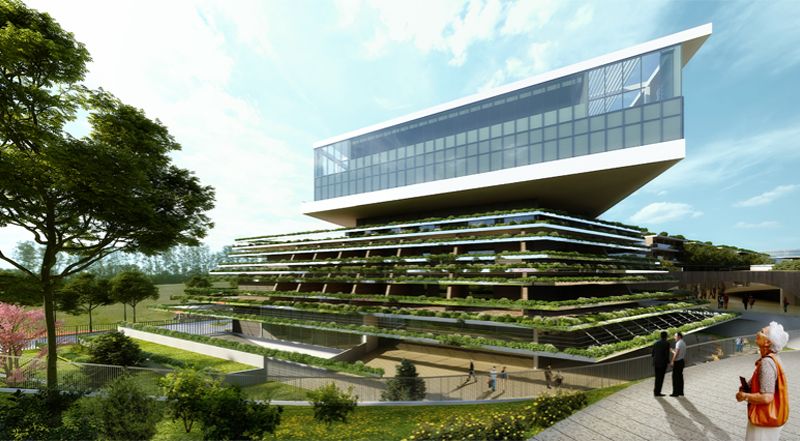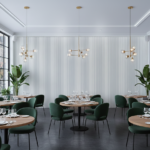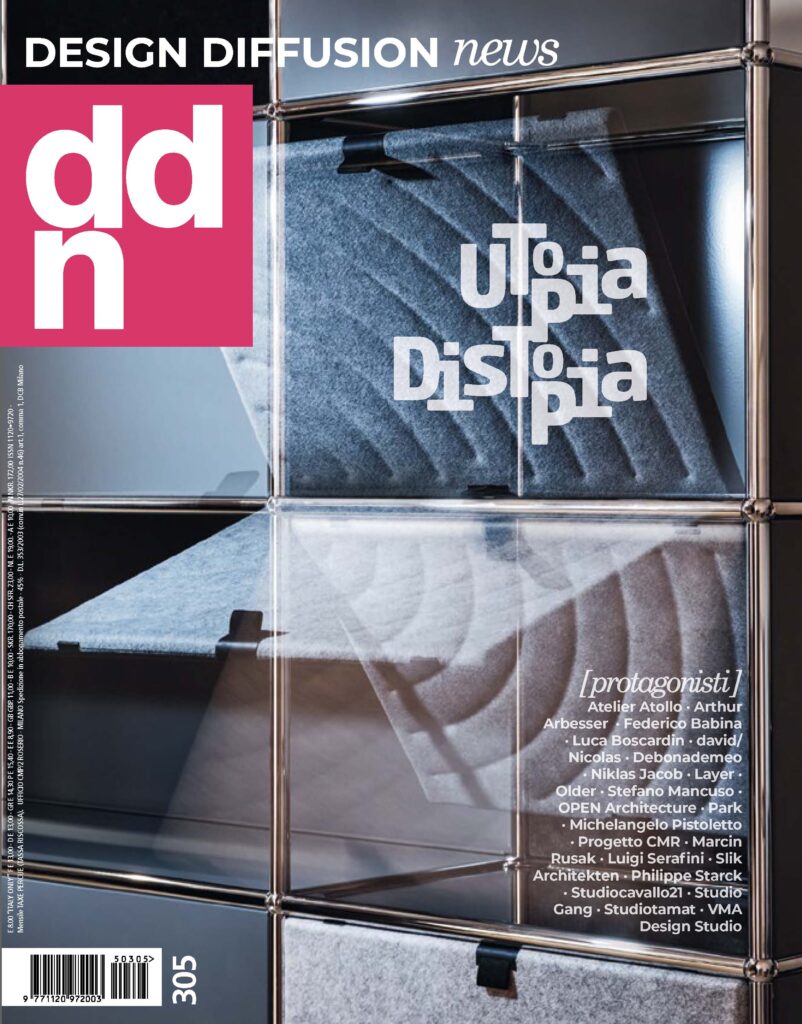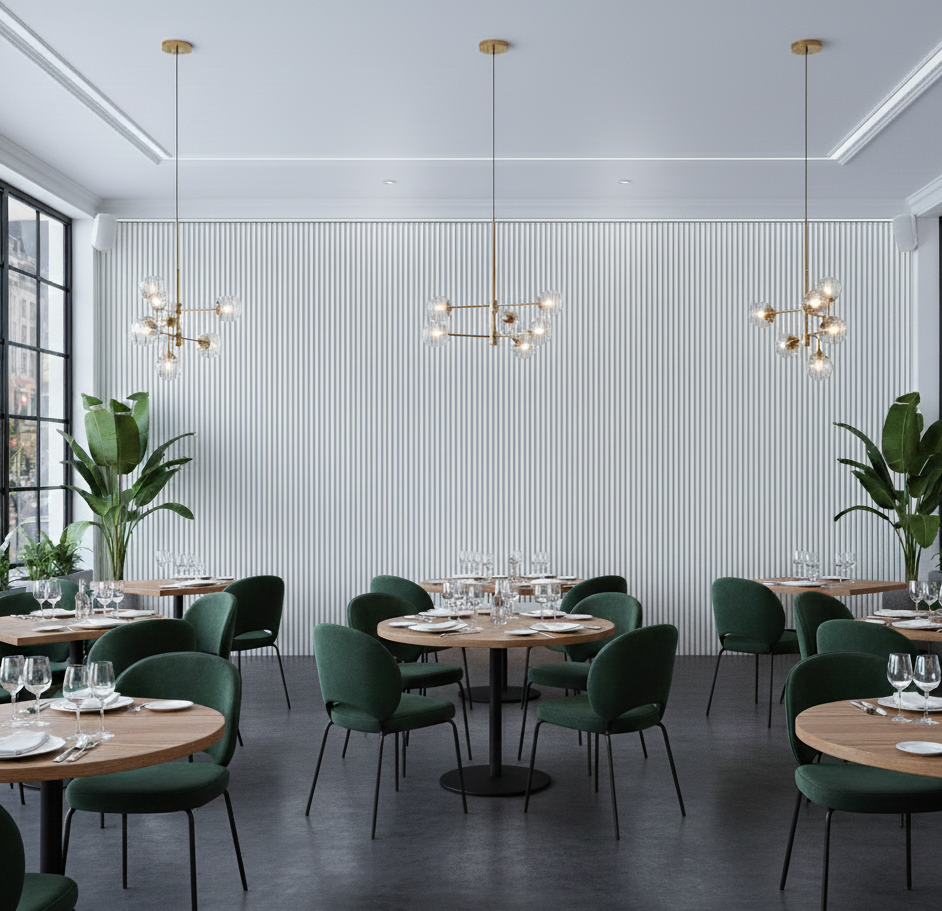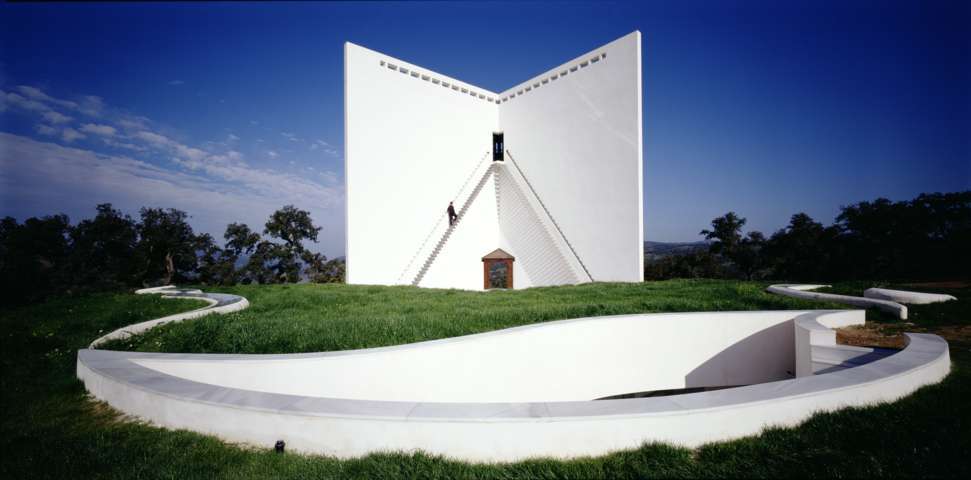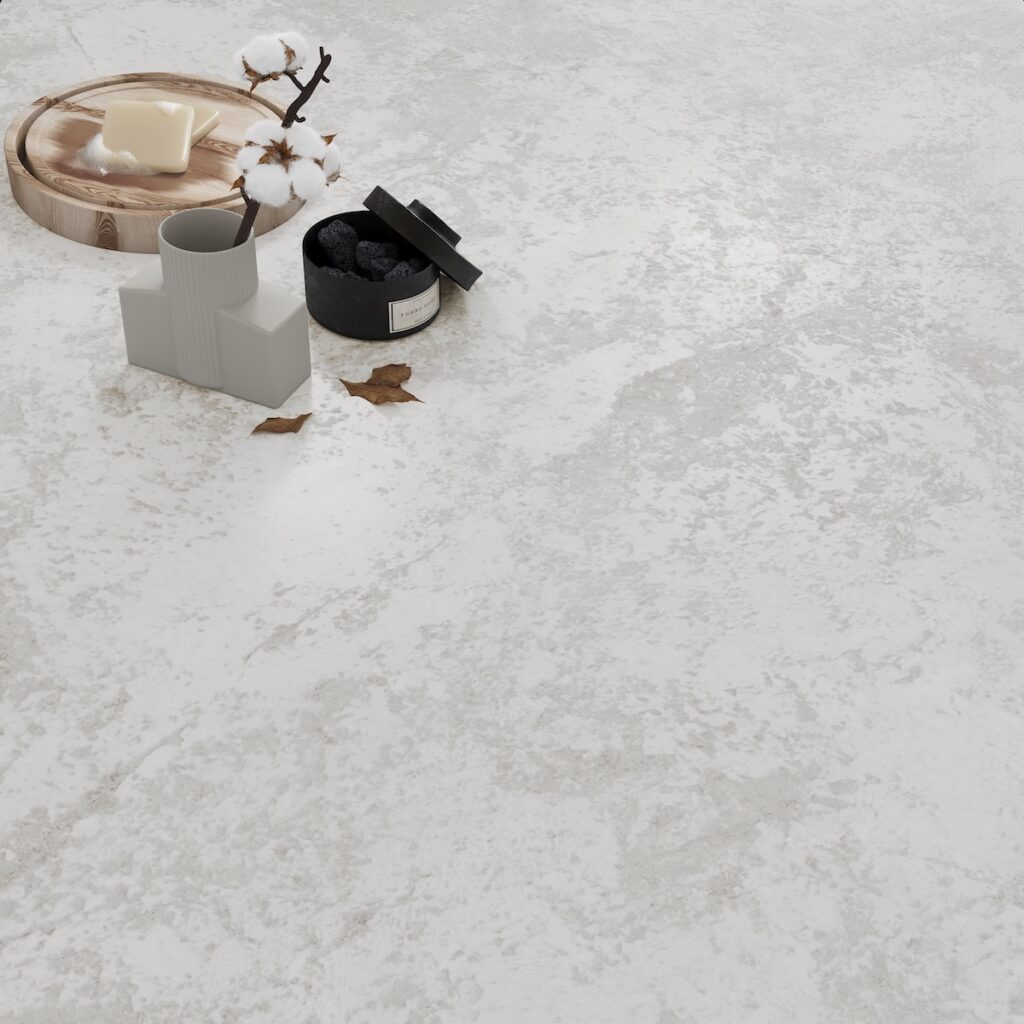From the Guangzhou Circle to Chorus Life, architect Joseph Di Pasquale works in different fields
Architect Joseph Di Pasquale is mainly known for the project of the Guangzhou Circle, a skyscraper that breaks the pattern of the typical western skyscraper. We have talked with him about the relationship between East and West, and the function of architecture in social relations.
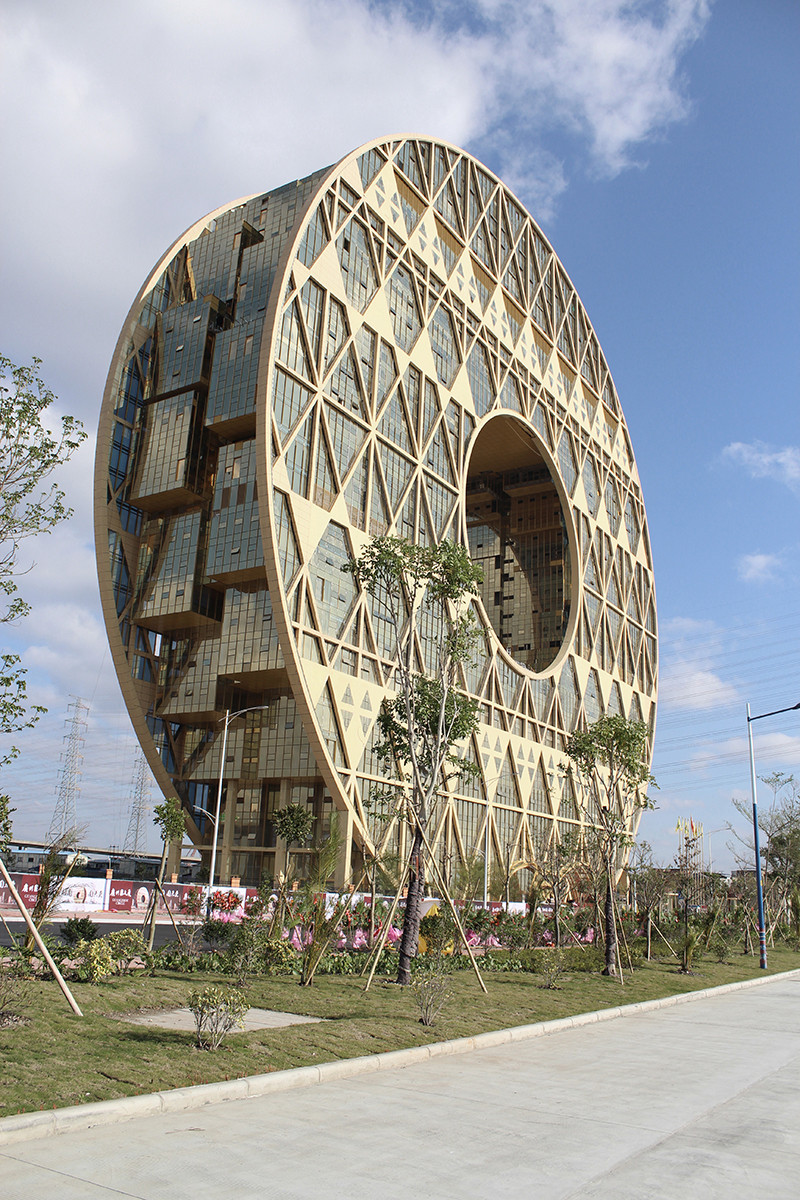
What are the main elements to take into account when managing a project as complex as the Guangzhou Circle in a multifaceted context like China?
The project of the Guangzhou Circle dates back to 2008, and things have changed a bit since then. When we started working on that project, our competitors were very large architectural firms; our firm was medium-sized, not a giant structure. However, big firms had a big company approach, while we used to work with a different, more “tailored” method. And I think that, in the future, architectural firms will be increasingly structured as a “network”, with smaller structures interacting with each other. After all, even in the biggest firms, smaller and more agile teams are created to work on projects. Therefore, in relation to the question, I think you don’t need a big firm to do big projects; you need creativity and inventiveness.
Discover CIFF Guangzhou 2020, the first Chinese trade show during the Covid-19 pandemic
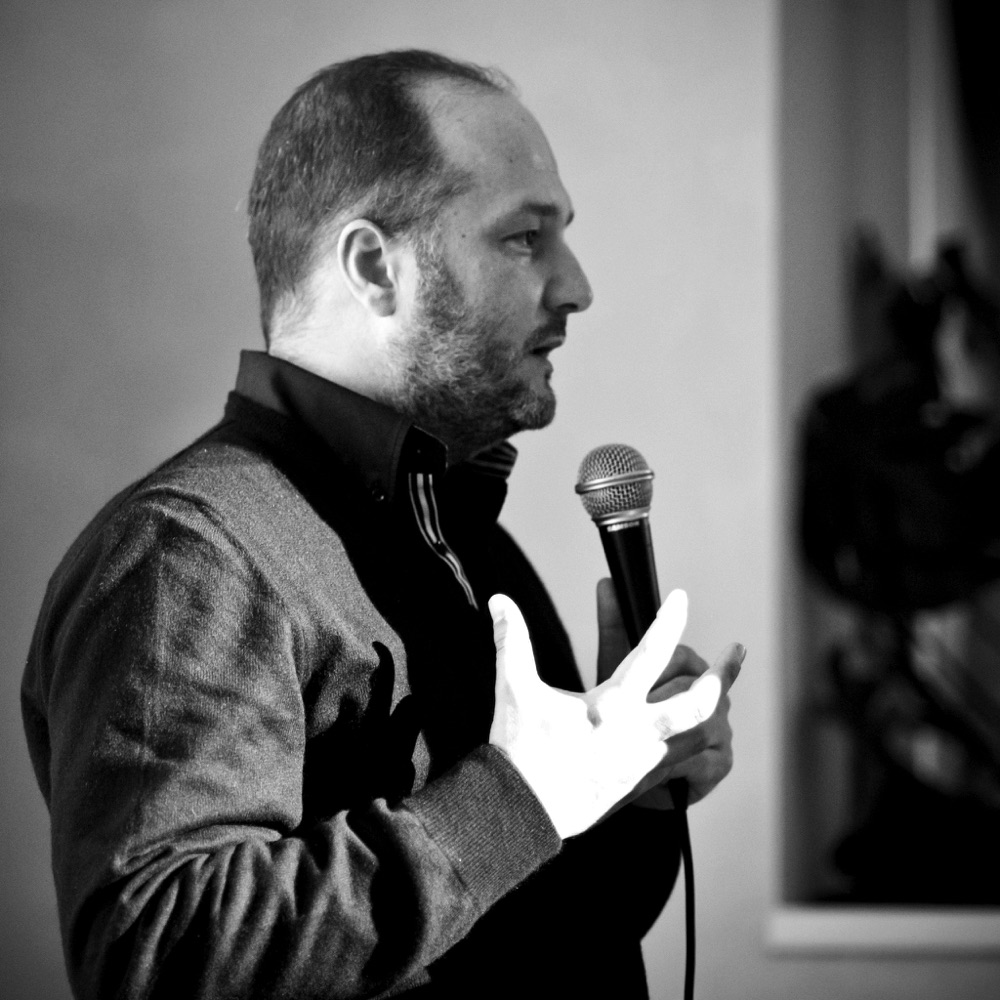
What are the characteristics of the Guangzhou Circle?
The Guangzhou Circle is a circular skyscraper with a central “hole”, inspired by the iconic value of jade disks. It is 138 m high, with 33 floors, a 48 m diameter and an 85,000 sqm surface area. But these numbers do not show how difficult it was to construct a building with such a singular structure. The structural concept was developed and tested in the wind tunnel of Politecnico di Milano, while the structural calculations and final test were carried out by the South China University of Technology (SCUT) in Guangzhou. Last but not least, the Guangzhou Circle has rightfully become part of Guangzhou’s skyline.
Watch again the Regno sulla Nuvola webinar dedicated to the ancient city of Liangzhu
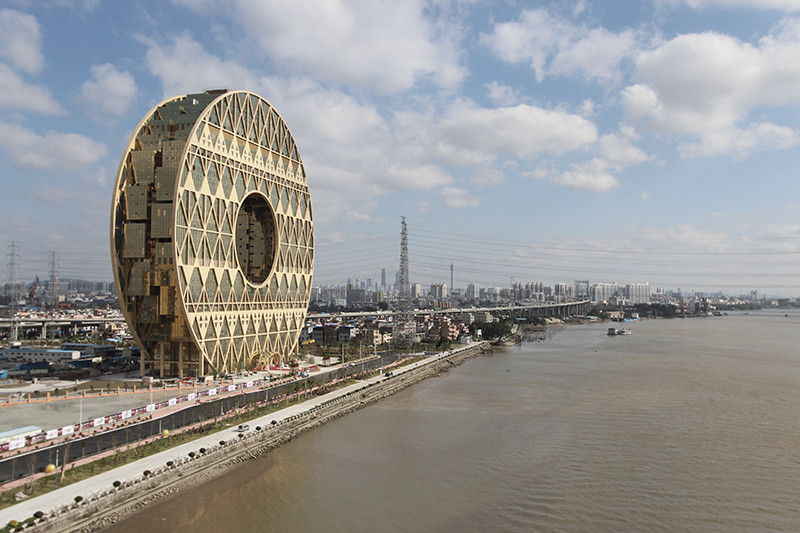
What are the differences between working in China and in the West?
There are many differences between Western and Chinese design methodologies, but there are two concepts that can sum up these different approaches. We could say that in the West we have a tendency to innovate and change, and, for us, improving often means doing something new and different. Also in China there is always a tendency to improve, but, in my experience, in the Chinese approach, improving means repeating the same pattern until you reach perfection.
Discover CIFF Guangzhou 2020, the first Chinese trade show during the Covid-19 pandemic
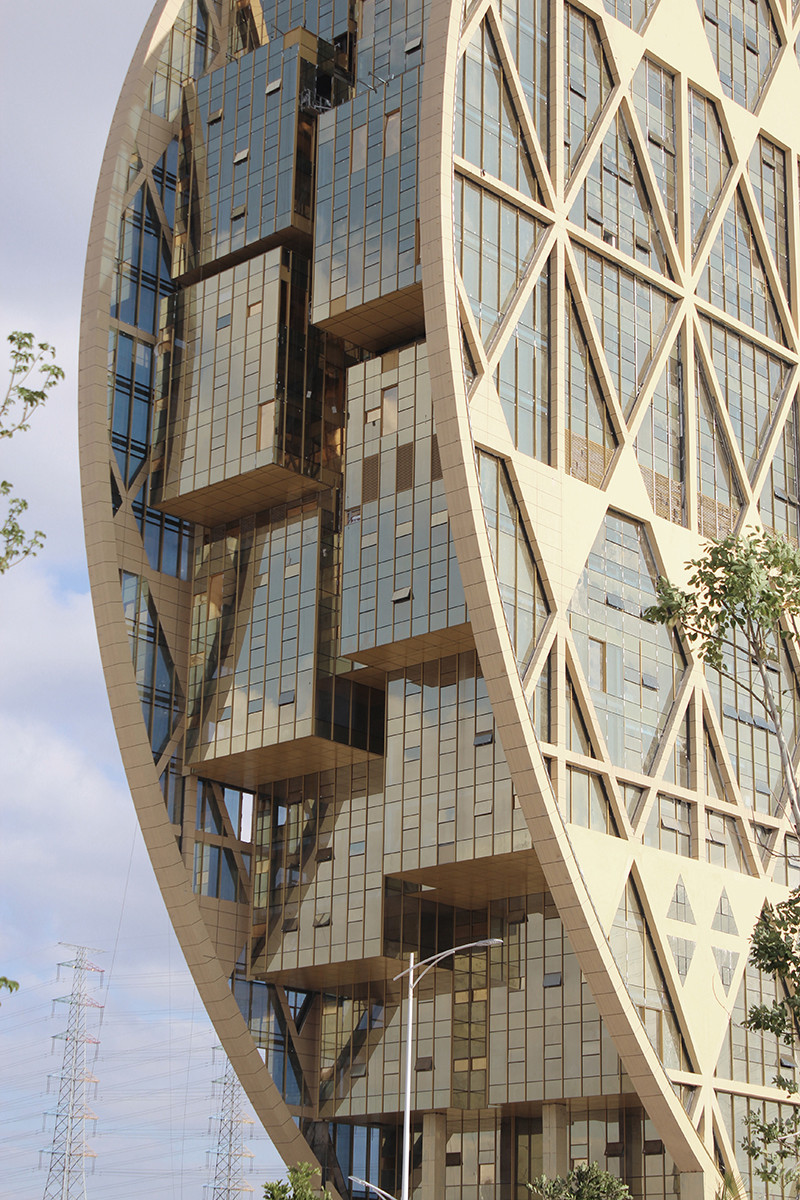
On what projects are you currently working?
Currently, JDP Architects – Joseph di Pasquale is working on several projects. Among them, I think Chorus Life hospitality facility is particularly interesting, it is a large settlement near Bergamo. Perhaps “hospitality facility” is reductive as Chorus Life is not a simple hotel, but a “proximity housing campus”. A structure that offers the possibility of redefining the relationships between people, and between people and the neighborhood. One of the things that has come out of this time spent at home is that people have rediscovered their neighborhood. And often they don’t like their neighborhood. Therefore, one of the most daunting post-Covid tasks will be to redefine neighborhood relationships.
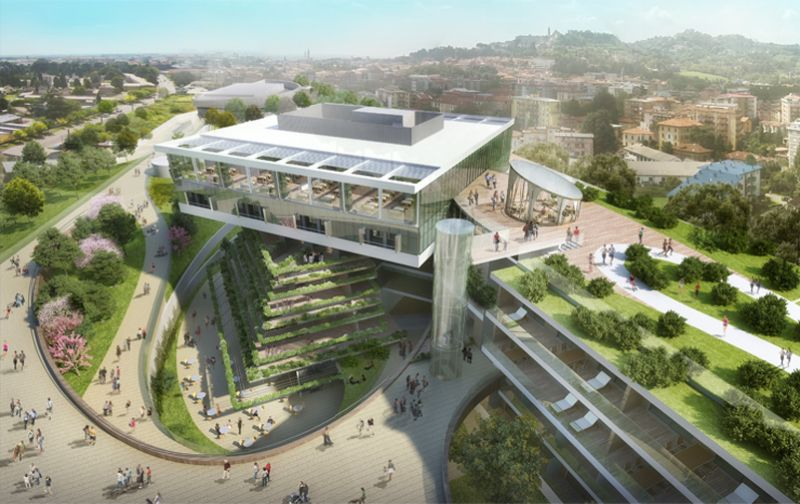
Another project that is very important to me is the redesign of a production facility in the province of Brescia. Another issue emerged with the Covid emergency is the difficulty of managing a production chain scattered around the world. For this reason, many companies are thinking of relocating production, rebuilding shorter supply chains. I think that this is a highly topical issue that will become even more important in the years to come. For two main reasons. Firstly, relocating is crucial to have shorter and more manageable supply chains. Secondly, but no less important, productive activities generate wealth, and this wealth is redistributed locally. Therefore, local production facilities have many positive aspects. And this is why I particularly like the idea of redesigning a “village” including an industrial reality, with all proximity services, redesigning an entire part of the territory. Personal and proximity relations will become increasingly important in the future, and this is what we must work on.
Watch again the Regno sulla Nuvola webinar dedicated to the ancient city of Liangzhu
For further information about the projects of JDP – Joseph Di Pasquale and the relations between architecture and culture, see the next issue of OFARCH 155
